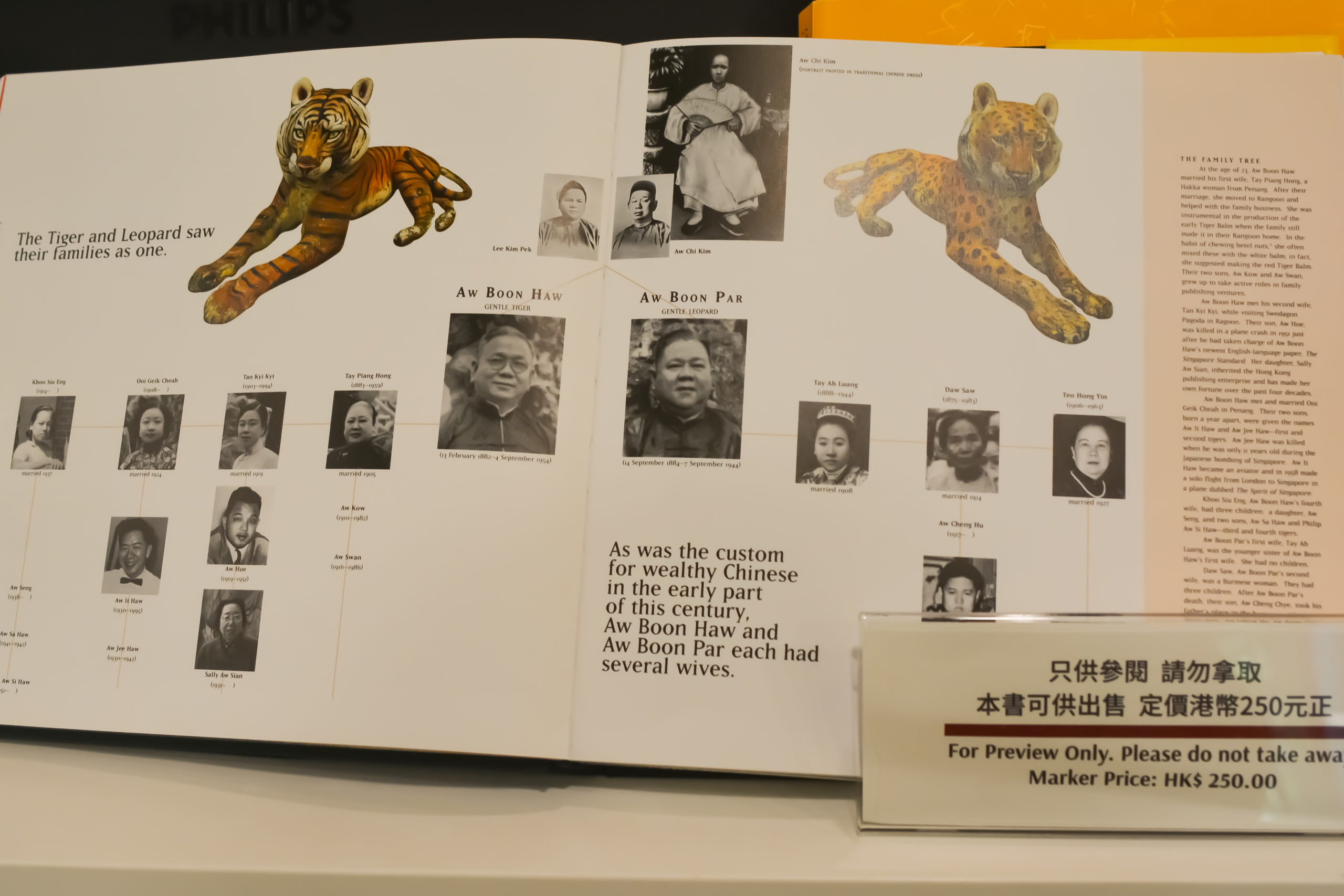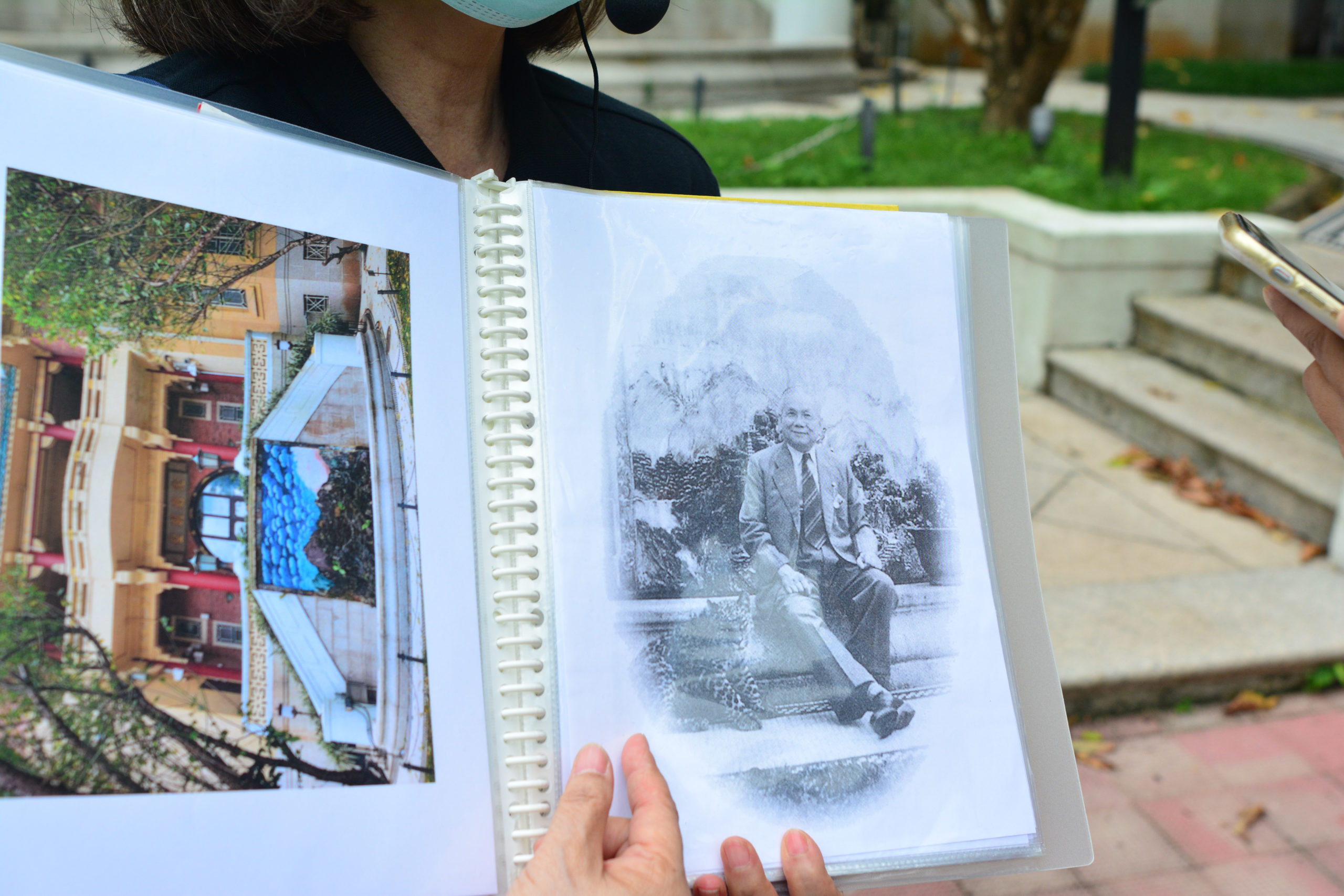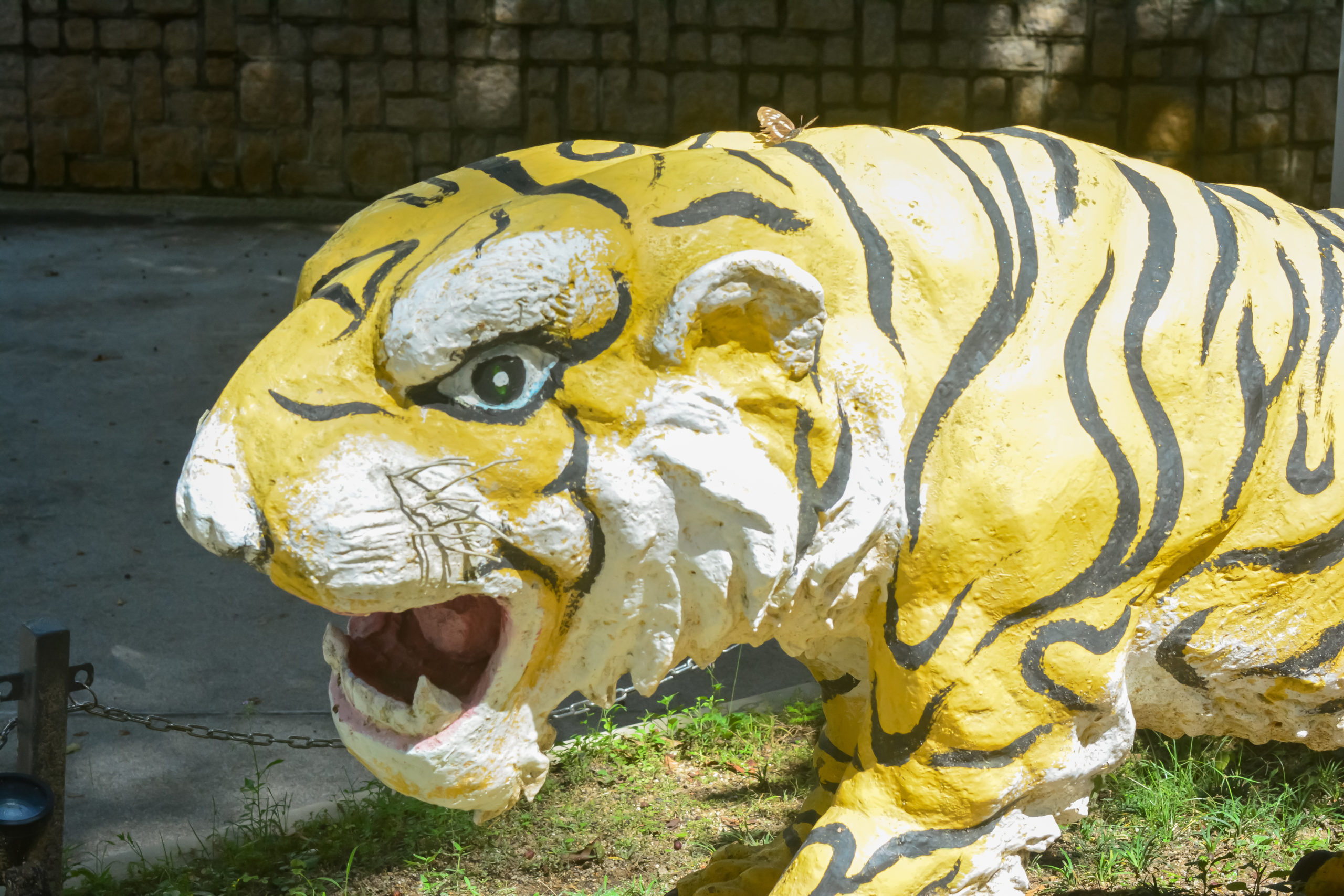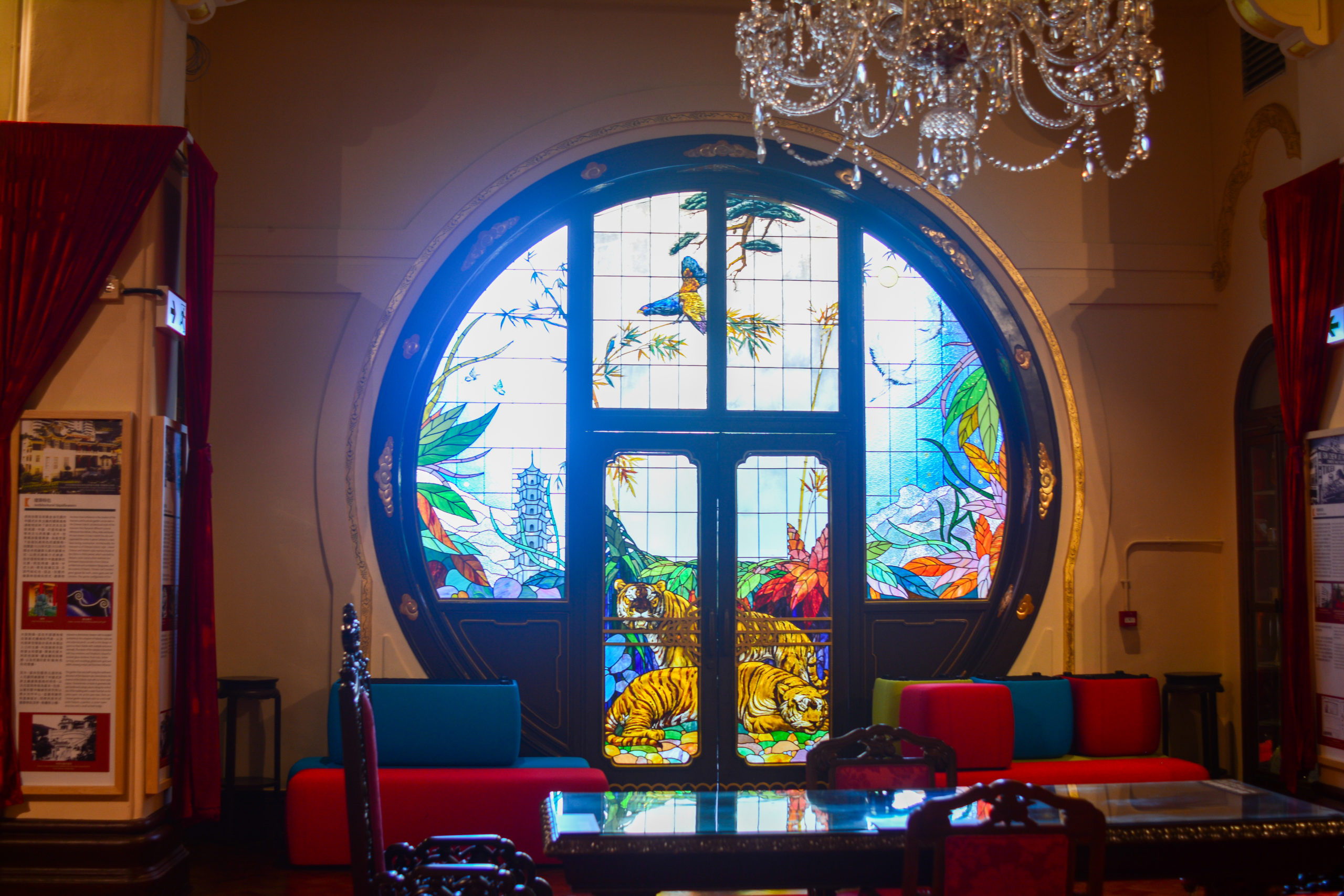Name(English): Haw Par Mansion
Name(Chinese): 虎豹別墅
Category: Historical
Address(English): 15A Tai Hang Rd, Tai Hang, Hong Kong Island
Address(Chinese): 大坑大坑道15A號
Address Google Map Link: https://goo.gl/maps/qGdh1DPv4icNiNv56
Address longitude and latitude: 22.275526701014154, 114.19532398587882
Nearest MTR Station: Tin Hau MTR station Exit A1
Nearest MTR Station Google Map Link: https://goo.gl/maps/uWbj4huPPKHH8jL26
Nearest MTR Station longitude and latitude: 22.282445408724904, 114.19173048920273
How far from the nearest MTR Station: 16 min walk from Tin Hau MTR station Exit A1
Opening Hours:
MON 10:00 – 18:00
TUE 10:00 – 18:00
WED 10:00 – 18:00
THUR 10:00 – 18:00
FRI 10:00 – 18:00
SAT 10:00 – 18:00
SUN 10:00 – 18:00
Recommended Time to Visit: Any opening hours
Reminder: There is no entrance Fee

Haw Par Mansion was created by Burmese Chinese brothers Aw Boon Haw (1882-1944) and Aw Boon Par (1882-1954). The brothers were brought up in their father’s traditional medicine shop in Myanmar, and travelled widely in Asia to build their empire, namely through the sales of a Chinese medicated cream called Tiger Balm, or in Chinese ‘Wan Chin Yu’, meaning the “Ten-Thousand-Dollar Ointment.” It remains a rather popular balm that comes in a tiny circular tin case, and is commonly used for headaches and stomachaches. The brothers also created a publishing empire, founding 17 Chinese and English newspapers in Hong Kong between 1929 and 1951.


In 1932, Aw Boon Haw moved the head office of Tiger Balm to Hong Kong to expand their booming business. In 1933, work started on Haw Par Mansion, it’s name taken from the combination of the brothers’ names, meaning ‘tiger and leopard’. Containing a landscaped garden, a private mansion, and a theme park, Haw Par Mansion was supposed to have cost $16 million HKD at that time. Aw Boon Haw wanted to create a space in which Buddhist, Taoist and Confucian teachings would be promoted, as he was wary of the effect that British colonisation might have on the cultural identity of Chinese people in Hong Kong and Singapore. The massive park contained murals and sculptures everywhere, depicting riotous scenes from Chinese fairy tales that often contained moral teachings. Probably the most notorious was Ten Courts of Hell, a diorama that depicted monstrous and often bloody images of sinners tortured in Hell, with stories in the captions warning against sins like lying, laziness and gluttony. A white 44-metre tall white pagoda with 7 storeys also stood out, the highlight of the park. However, since Par’s death, Haw Par Mansion fell into decline and its ownership was transferred to the government, who recently refurbished it into the Haw Par Music Foundation. After a long fight to keep the original theme park, strange statues and the white pagoda, they were all ultimately demolished, to the chagrin of those who had experienced it.

Now, what is still standing in the heritage site is half of what it was – the four-storey private mansion is publicly accessible, where one can admire its unusual Chinese Renaissance style with ornate porches, windows made from Italian stained glass, and murals gilded with gold. The red brick facade, green tiled roof and grand circular ‘moon gates’ which greets visitors are reminiscent of traditional Chinese architecture. The mansion is now a music academy, where the rooms are used for rehearsal and performances. Do check their website beforehand for free performances and tours.


#HawParMansion #discoverhongkong #explorehongkong #visithongkong #hktravel #ilovehk #heritage #chinesetradition #culture #hongkongculture #history #hkhistory #naturephotography #naturephoto #natureshots #visualhongkong #capturehongkong #TaiHang #HongKongArchitecture #culturalidentity #chineseculture #buddhism #taoism #confucius


